Mt Kailash Kora trek is one of the most arduous trekking pilgrimages in the world. Kora is the act of going around a place of religious significance. People from all over Asia and the west come to trek around the sacred mountain Kailash and the holy lake Mansarover. It is said that taking a dip in this lake would wash off all the sins committed. This trek is of a religious significance for people of many faiths like Hindus, Buddhists, Bons, and Jains. Rugged terrains, high altitude, low temperatures, and beautiful views are all a part of this journey. These treks only happen during a certain months of a year. So you should book in advance. This trek, this path is not just for the followers of the above mentioned faiths; it is for everyone who wishes to challenge their will and perseverance. It is a trek that challenges your body, mind, and soul.
There are two options in this trek, the inner Kora trek and outer Kora trek. The inner Kora is relatively smaller and is 30 kms. The outer Kora trek is 56km.
Mount Kailash Outer Kora
The outer Kailash Kora trek is more popular and is 54 kms long. Many local pilgrims finish this route within a day, tourists and pilgrims from other countries take three days to finish it. The starting and ending point of the outer Kora is also Darchen. During the course of this trek you would be hiking at altitudes as high as 5,000m. On day 1 you will be hiking through Sarshung Village, Lha Chu Valley, and Chuku Monastery. You will be seeing Tarpoche, a flagpole that is eighty feet high and full of prayer flags. You will rest for the night at Dirapuk Monastery. On day 2 you will be hiking across a rocky field which is a sky burial site for pilgrims who have died during Kora. You will be hiking up to Dolma-la pass at an elevation of 5,630m. It is said to be the highest mountain pass in the world. Hiking downwards you will be coming across Gaurikund Lake, Lam chu valley, and finally stop at Zutulpuk Monastery. On the third and final day of the trek you will be visiting eleventh century cave of a Buddhist philosopher, walk down Dzing chu valley, and turn west to end the trek in Darchen.
Mount Kailash Inner Kora
The inner Kora might be shorter, but it is definitely physically more challenging than the outer Kora trek. It starts from the northern side of Darchen and go to Selung Monastery. Next you will trek along western face of Mt Yinjiento. A little further from there is a platform from where you see the famous naturally formed ‘ice swastika’. It is formed by the ice cracks on the southern side of Mt Kailash. You will see hundreds of prayer flags flipping uncontrollably in the chill winds. The route leads you to Gyandrak Monastery. Enroute you will get a wide view of 13 chortens which is the final resting place of 13 former Gyandrak administrators. After visiting the Gyandrak Monastery you will be tracing down back along Mt Yinjiento. You will then trek back to Darchen from there, en route you will see a couple of glacier lakes. Gyandrak Monastery is said to be established as early as thirteenth century, it is said to be the first monastery in Kailash region. This trek can be finished in a day, but many tourists don’t prefer this as there are a lot of cliffs and high passes to hike over. Another reason why you would find very few people in inner trek is because, Buddhists should circle around the outer loop 13 times to be qualified to circle the inner loop. And Mt.Kailash innner kora is not open to foreign tourists for the right moment.
Highlights of Mount Kailash Kora Treks
There are lots of valleys, monasteries, lakes, fields, and high passes that adorn the path along the way. Some of the main highlights in this trek would be Mount Kailash, Lake Mansarover, traditional Tibetan villages, monasteries surrounding Mt Kailash, and the number of valleys.
Mount Kailash is considered very holy and also the place of origination for 4 main rivers of Asia: Karnali (Ganges), Indus, Sutlej, Yarlung Tsangpo (Brahmaputra). Mount Kailash, 6,174m high, has never been scaled because of it spiritual nature and many consider this mountain very holy. Every year thousands of people come to trek around the mountain.
Located close to the holy mountain is the holy Lake Manasarover. Pilgrims and tourists take bath in the lake. Some even camp near the lake. Another lake close by is Rakshatal. En route you will find a lot of traditional Tibetan villages where people still lead a simple, old way of life.
There are totally five monasteries surrounding Mt Kailash – three in the outer circuit and two in the inner circuit. These monasteries have old relics, statues, relics, thangkas, etc. They also offer simple accommodations.
Choku/Nyari Monastery – Choku Monastery is one of the five monasteries surrounding Mt Kailash. Located at an altitude of 4, 820m, it stands on the side of cliff on the western bank of La Chu River. The main attraction in this monastery is the statue of Buddha Opame which is made of stone. There is also a Thangka image of Choku Rinpochu. Other things worthy of mention in this monastery are silver embossed tea pots and conch shells. There is no entry fee and the monastery is open all day.
Drirapuk Monastery – Drirapuk Monastery is located at an altitude of 4, 950m and is one of the monasteries that provide food and a resting place for the pilgrims. The word ‘Drirapuk’ means ‘cave of a female horn’ referencing the paintings of horns on the walls. There are a few murals, paintings, and Buddha statues in the monastery.
Zutulpuk Monastery – Zutulpuk Monastery is located at an altitude of 4, 790m. It is 11kms from Trachen. Trachen is the starting and ending point for the kora. It does not have much religious significance attached it, but it serves as an accommodation place. The accommodation in Zutulpuk is better than Drirapuk Monastery. The scenery and view outside this monastery are amazing.
Selung Monastery – Standing at an elevation of 5,000m, Selung monastery is one of the highest monasteries of Mt. Kailash. It is located closer to the inner Kora route. From this monastery, if you trek for a few hundred meters you see the natural swastika formed by ice cracks. You can find this in the south face of Mt Kailash. This monastery also serves as a meditating place for pilgrims. It is also used as a resting place.
Gyangzha Monastery – Gyangzha Monastery is the oldest and most important monastery in the Mt Kailash region. It stands at an altitude of 5,075m and was established as early as 13th century. You will find some interesting relics, murals and even the architecture is different.
Best time to visit Mt Kailash
The best months to visit and trek Mt Kailash are April, May, June, September, and October. July and August are the months when Tibet sees rains and mild showers, as the paths are roads are muddy it can get hard to climb. The winter months from November to early March are not recommended at all as the snow gets heavier and the oxygen gets thinner. April is the most exciting month to travel as the Saga Dawa festival falls during this month. Tibetans from everywhere come to Mt Kailash region. The prayer flags in the Tarpoche flagpole are replaced during this time. Pilgrims usually trek Mt.Kailash during full moon days. Full moon days are considered as auspicious days filled with a lot of spiritual energy.
>> Join-in 15 Days Kailash Manasarovar Pilgrimage Tour
>> Join-in 15 Days Tour Kailash in Saga Dawa Festival
>> Join-in 17 Days Kailash Manasarovar Full Moon Tour & Guge Kingdom Exploration
Tibet Travel Permits for Mt Kailash Yatra
To enter Tibet you need Chinese visa and Tibet Travel Permit (TTP). With TTP you can only explore Lhasa; to explore the Kailash region you need Alien’s Travel Permit, Foreign Affairs Permit, and Military Permit. While TTP is issued by the Tibet Tourism Bureau, other permits are issued by other governmental bodies in Tibet. But don’t worry about the hassle of acquiring all these permits. The local Tibet agency like Tibet Vista you are booking with will provide you with all the permits. You just need to send the required scanned documents and all these permits will be acquired by the agency in 15-20 days.
Mount Kailash Kora Packing List
• Clothes that will keep you warm in the high altitude like thermal wear, down jackets, mufflers, woollen hand gloves, socks, cotton t-shirts, comfortable shorts and pants.
• Get trekking pole and comfortable shoes suitable for trekking. Bring a pair sandals to use while resting in the evenings and night.
• Don’t forget to bring sun screen lotion for your skin, hats or umbrellas for shade and sunglasses with UV protection layer to guard against the strong sunshine.
• Bring water-resistant backpacks and raincoats if you are trekking during summer.
• Apart from your big backpack, bring a small backpack to carry your essentials like wallets, passport, permits, medicines, torch, extra batteries, hand sanitizer etc.
• Carry medicines for altitude sickness, small oxygen tanks, and other general medications. Carry dry fruits, chocolates, energy snack bars and lots of water.
Kailash trek will be a one of a kind trek where adventure and spirituality meets. Apart from breathtaking views, you will also be able to experience various cultures and meet people from various walks of life.
.jpg)



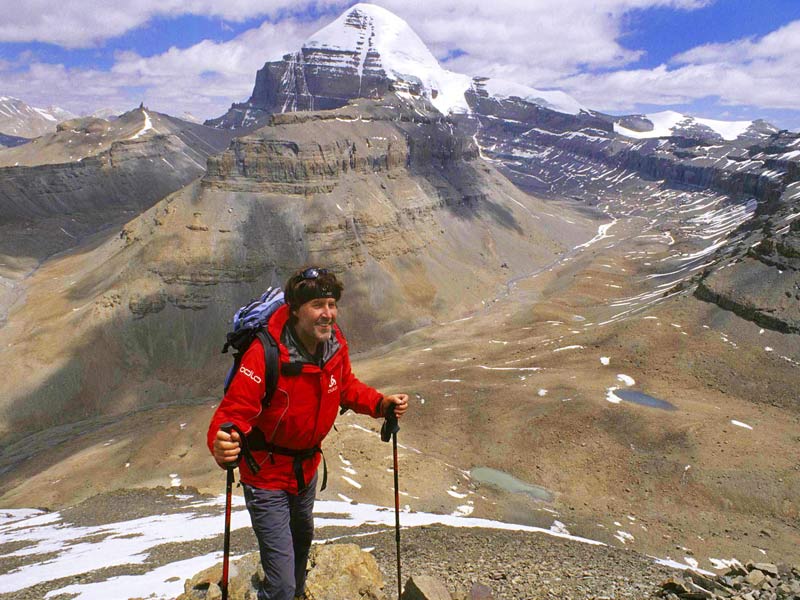
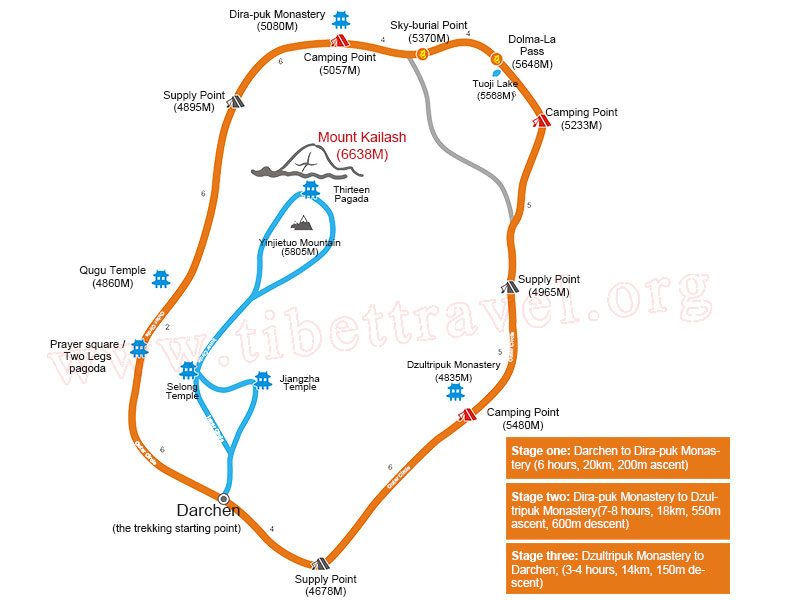

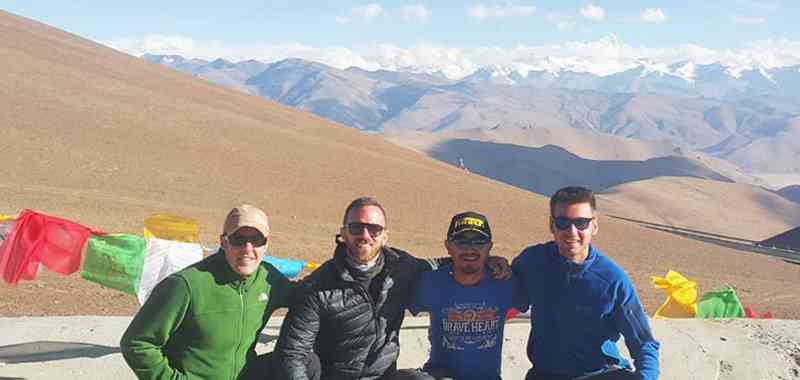
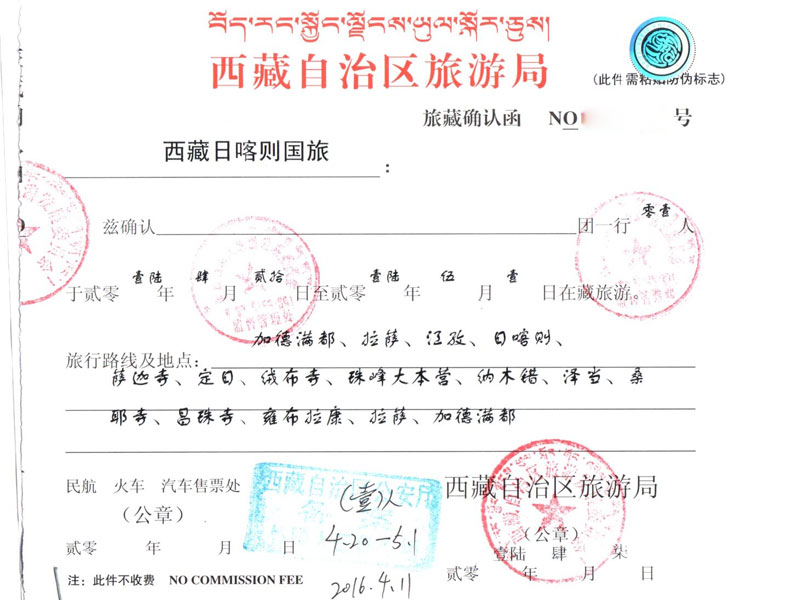
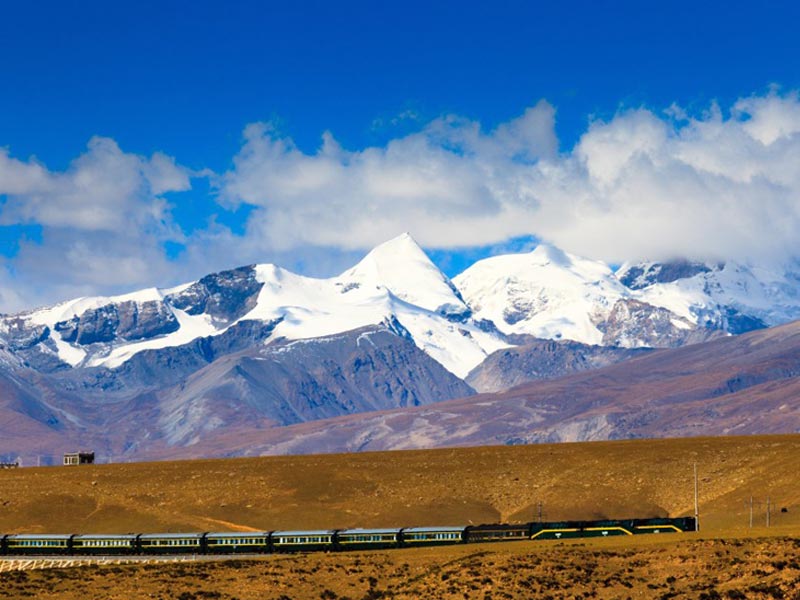
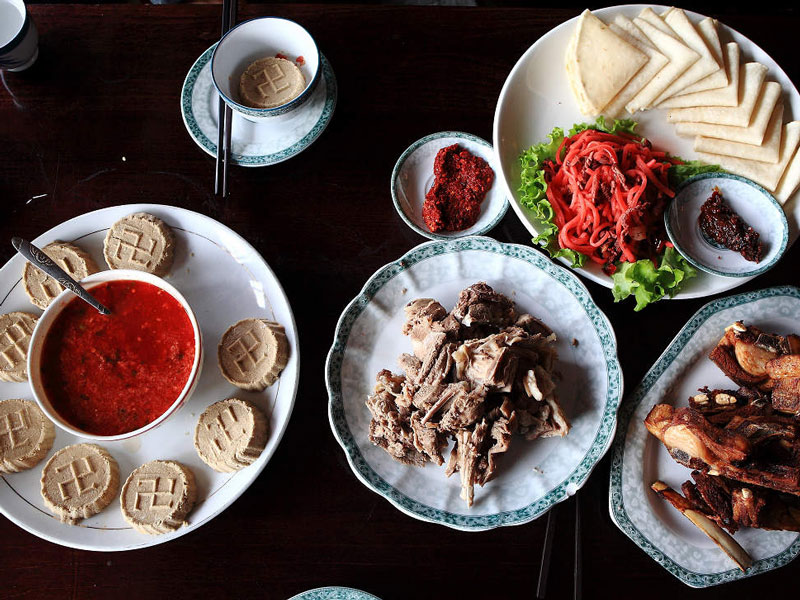
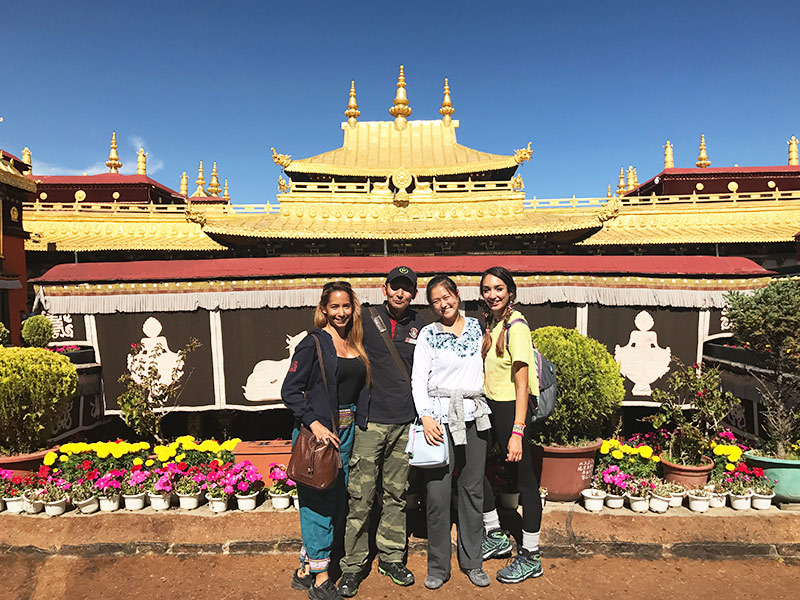
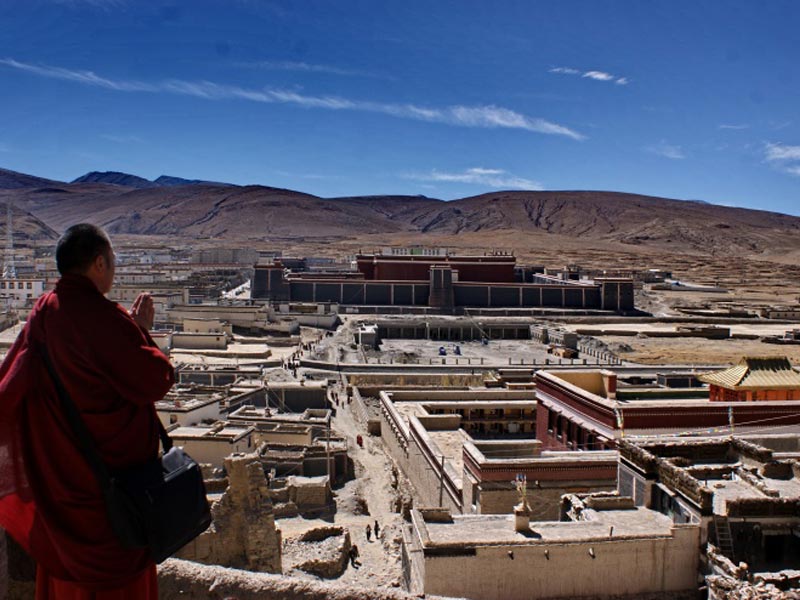

0 Comment ON "Ultimate Guide To Kailash Inner Outer Koras"